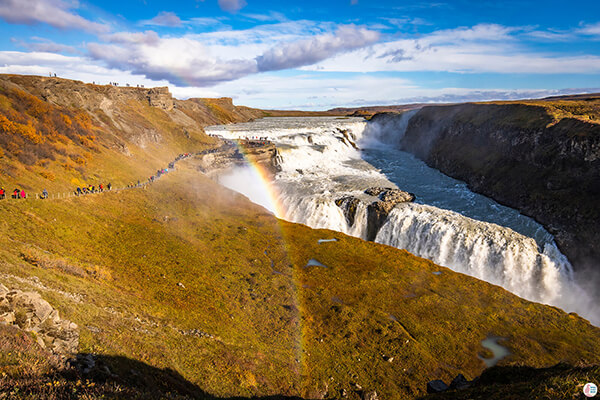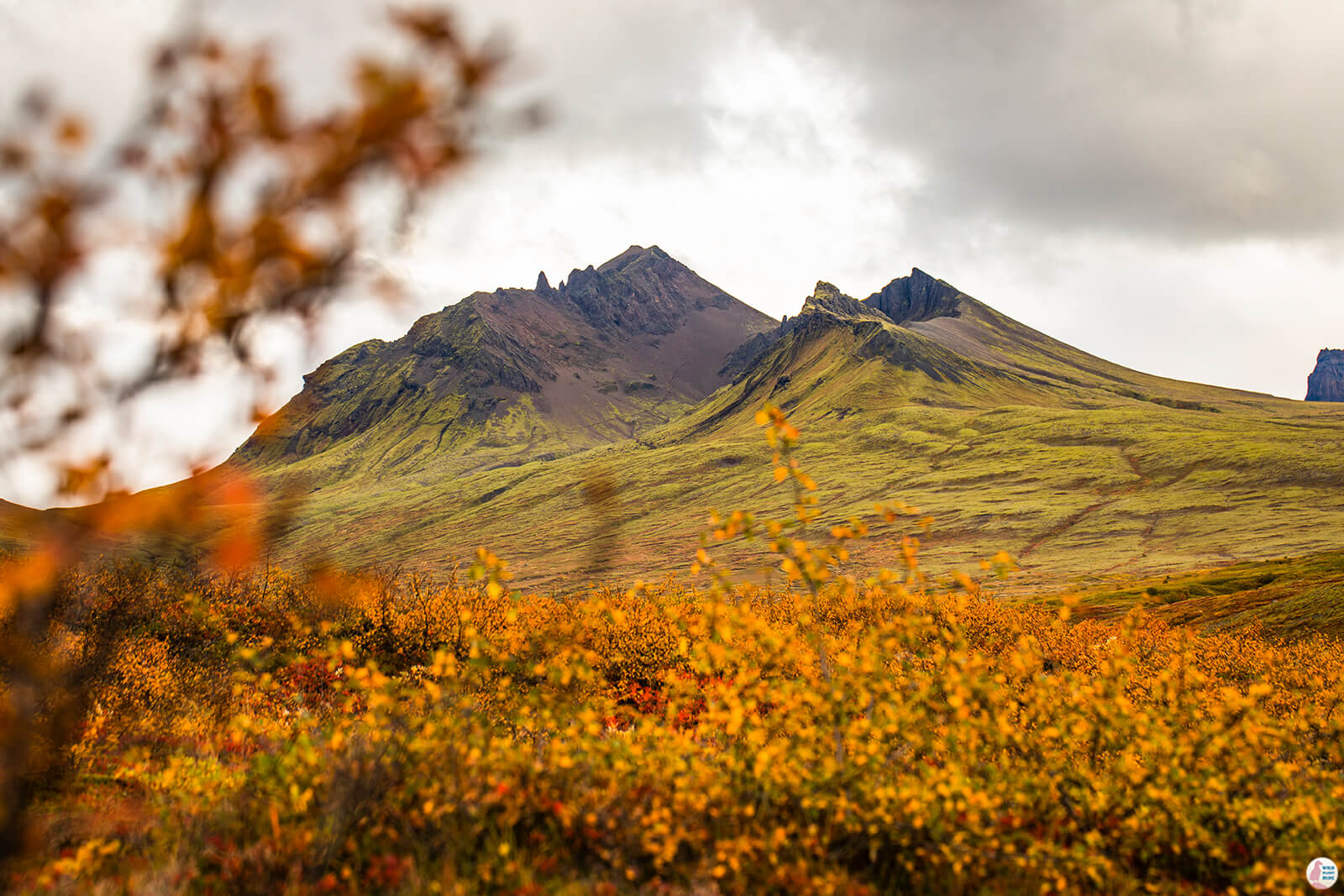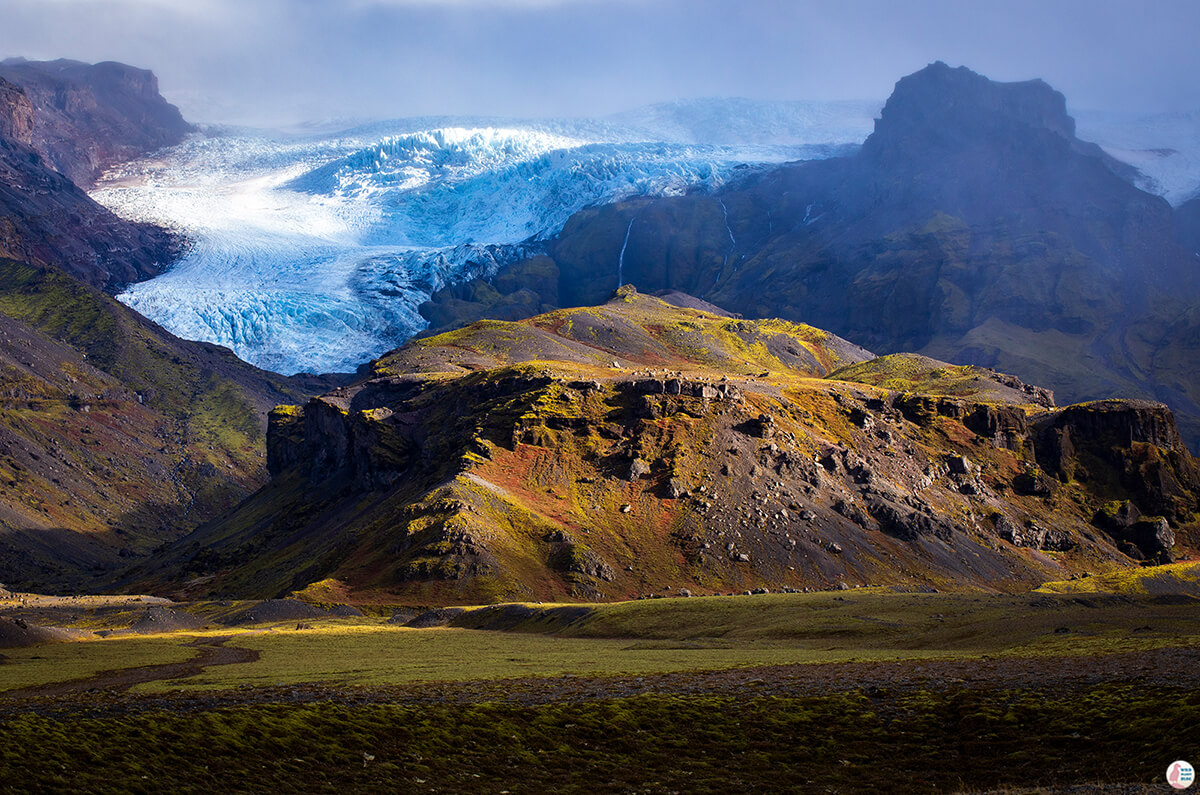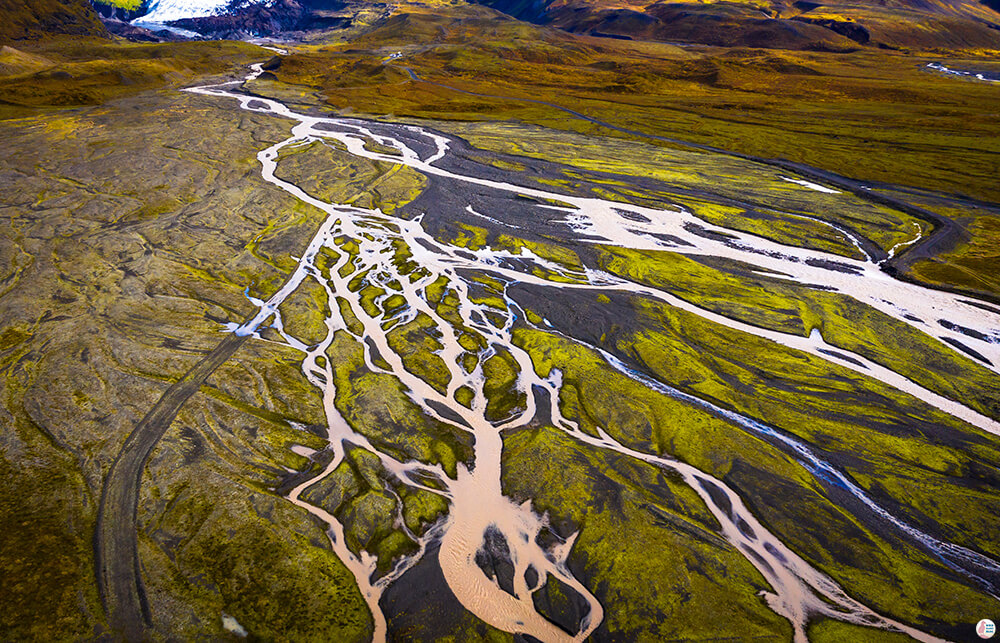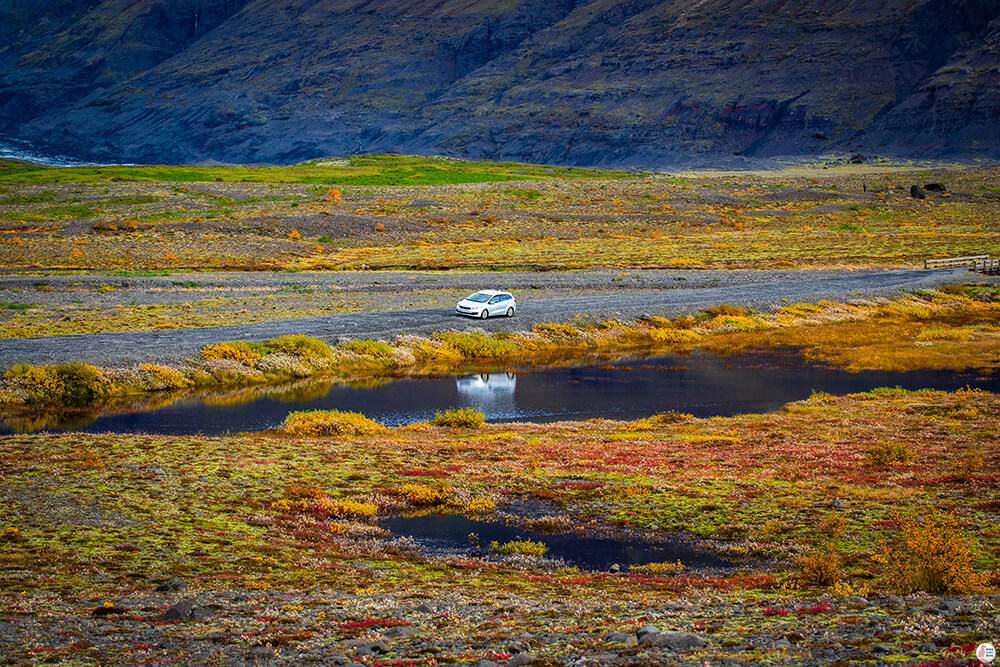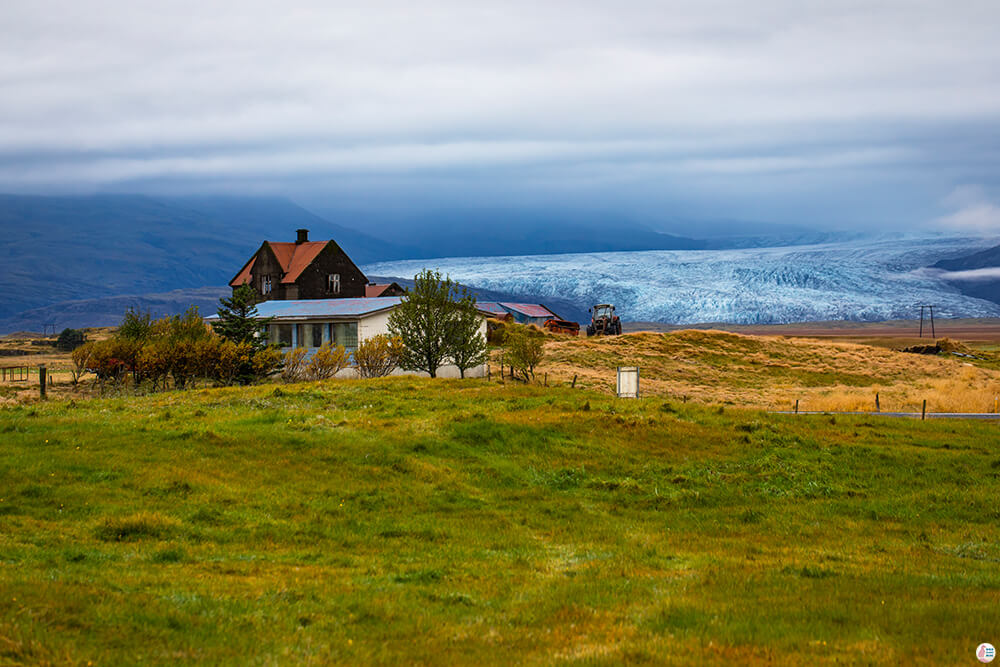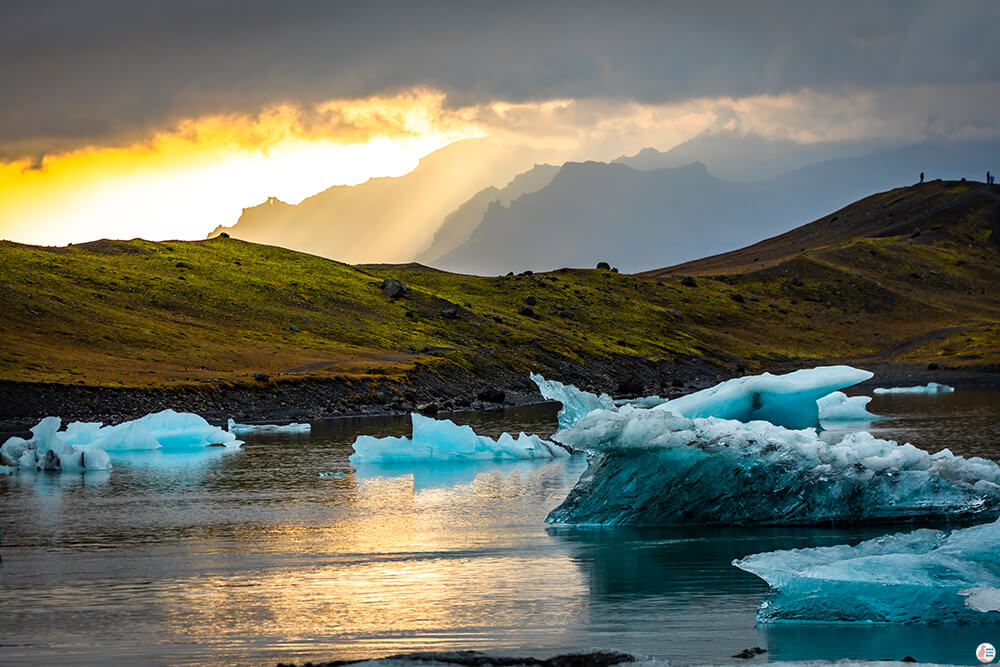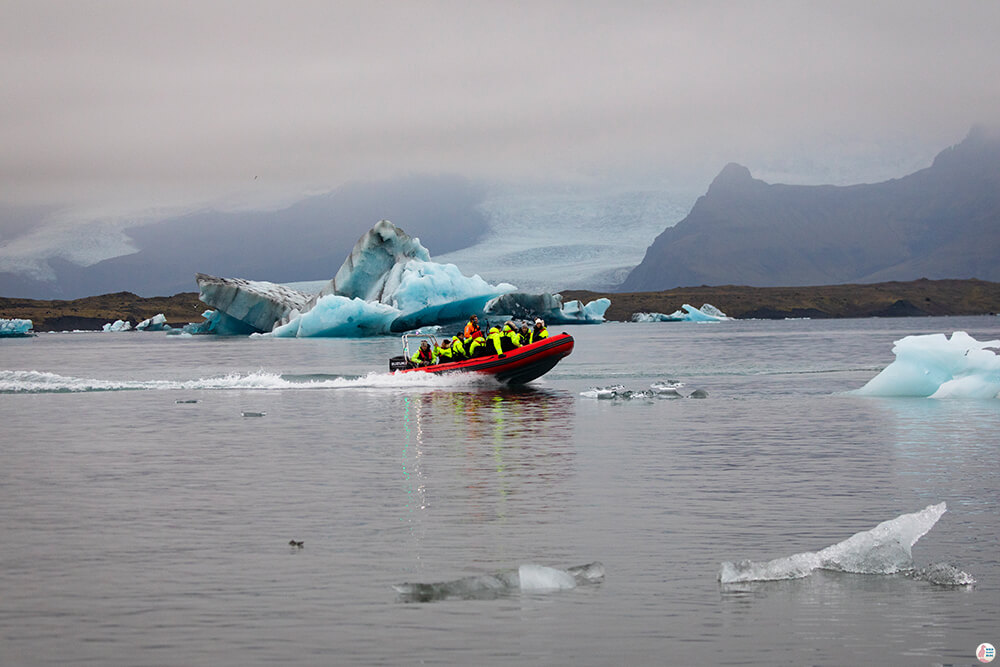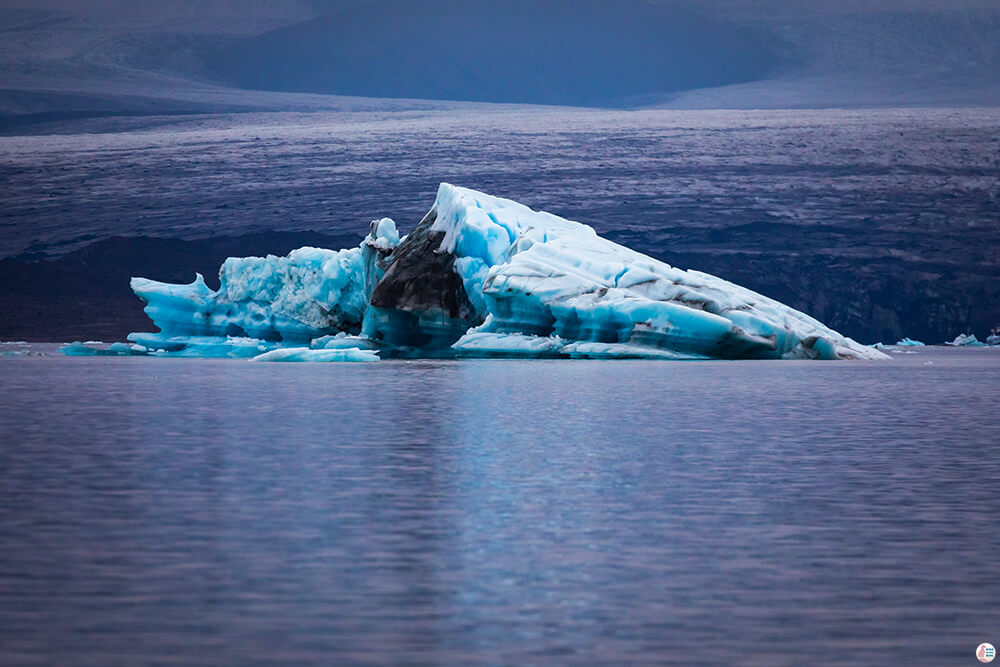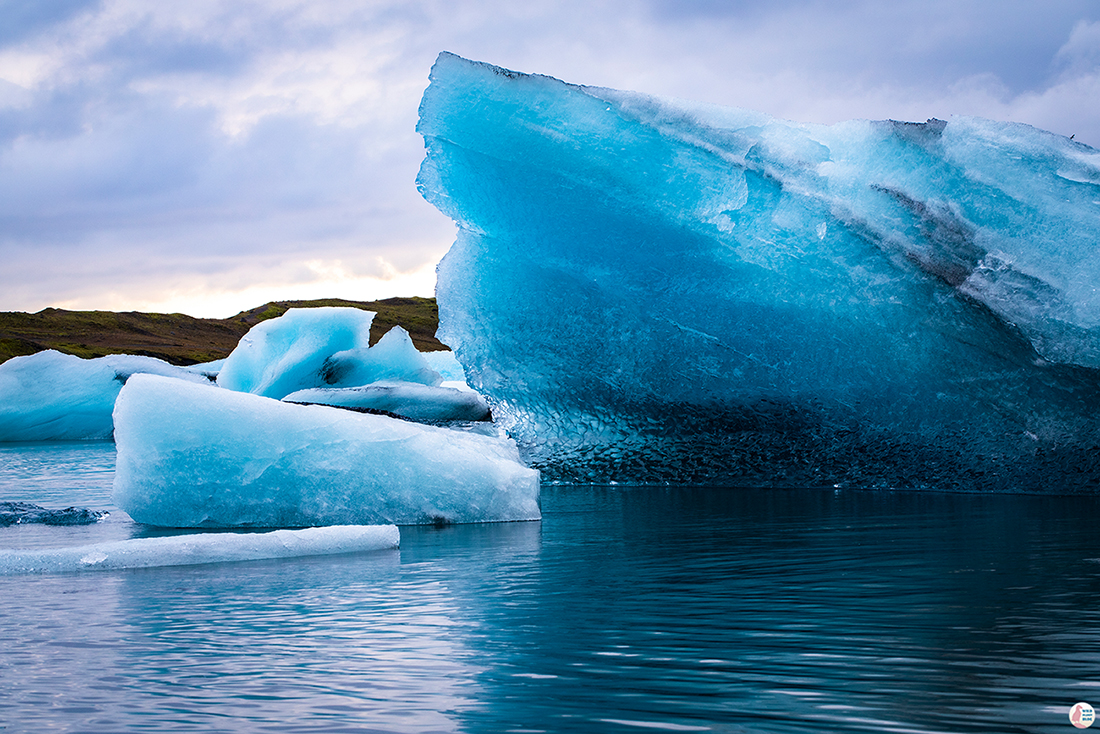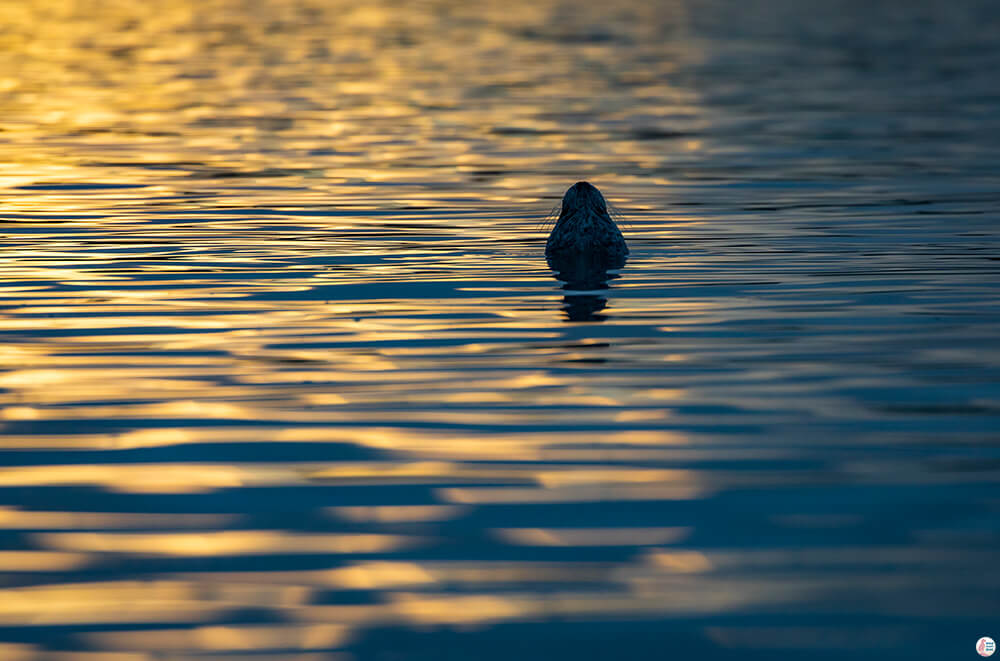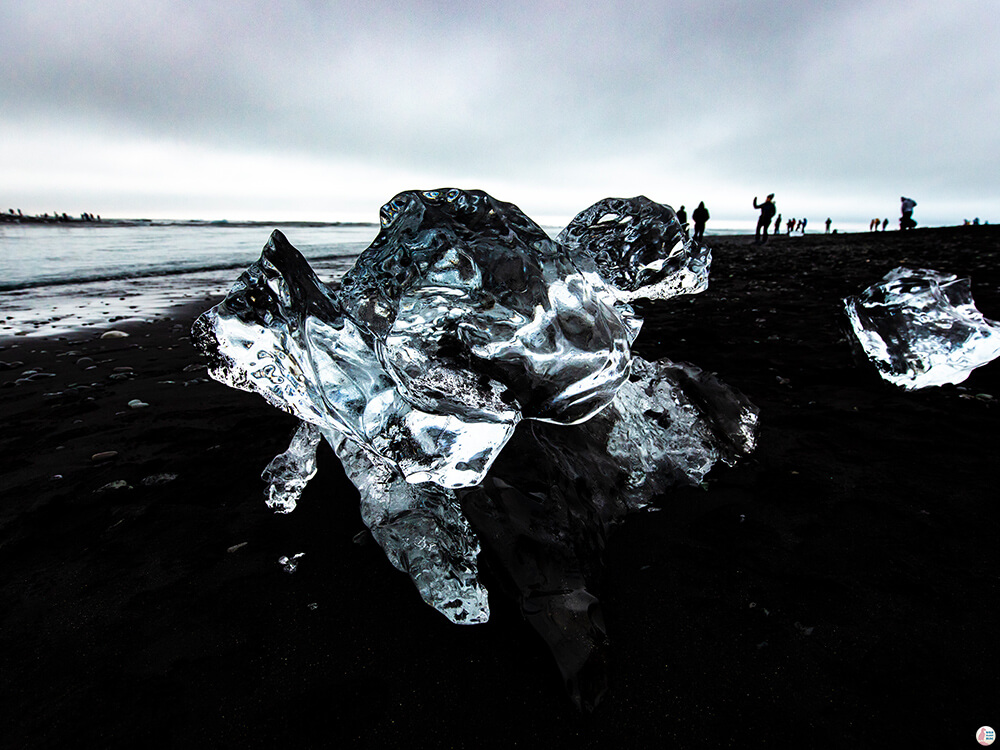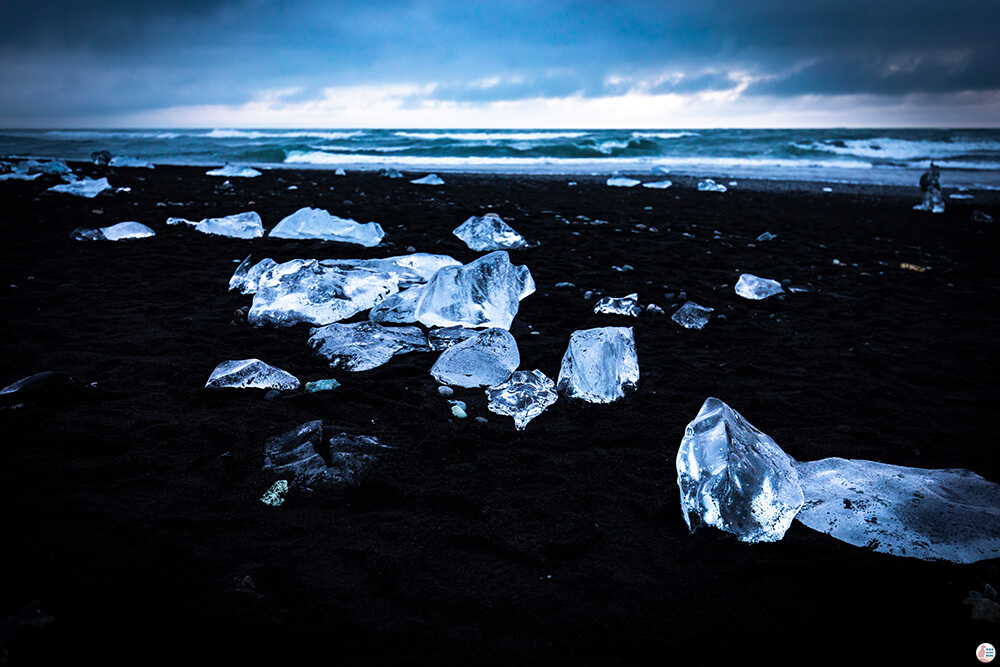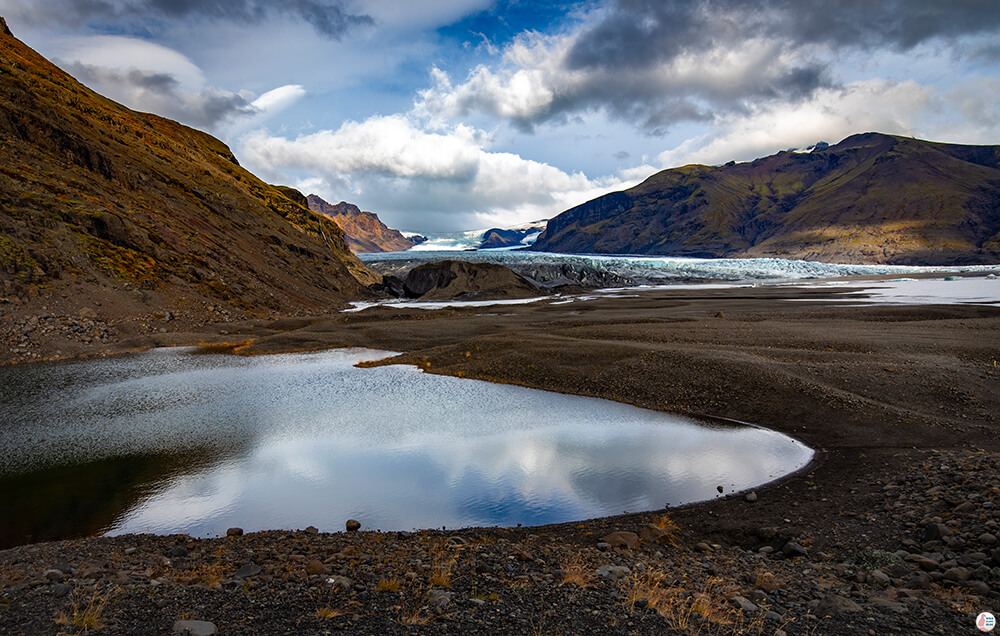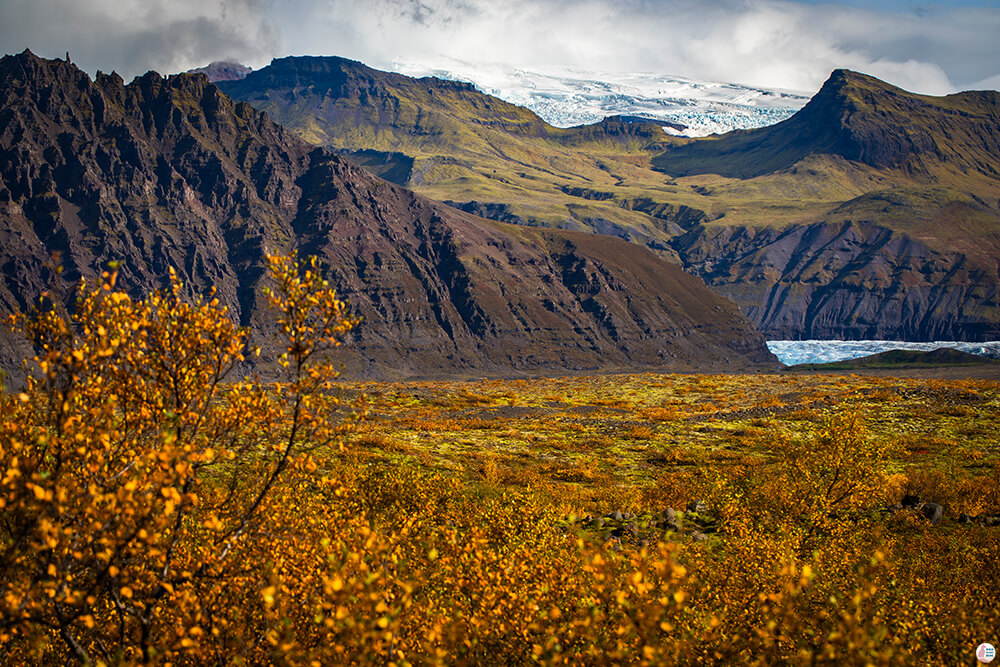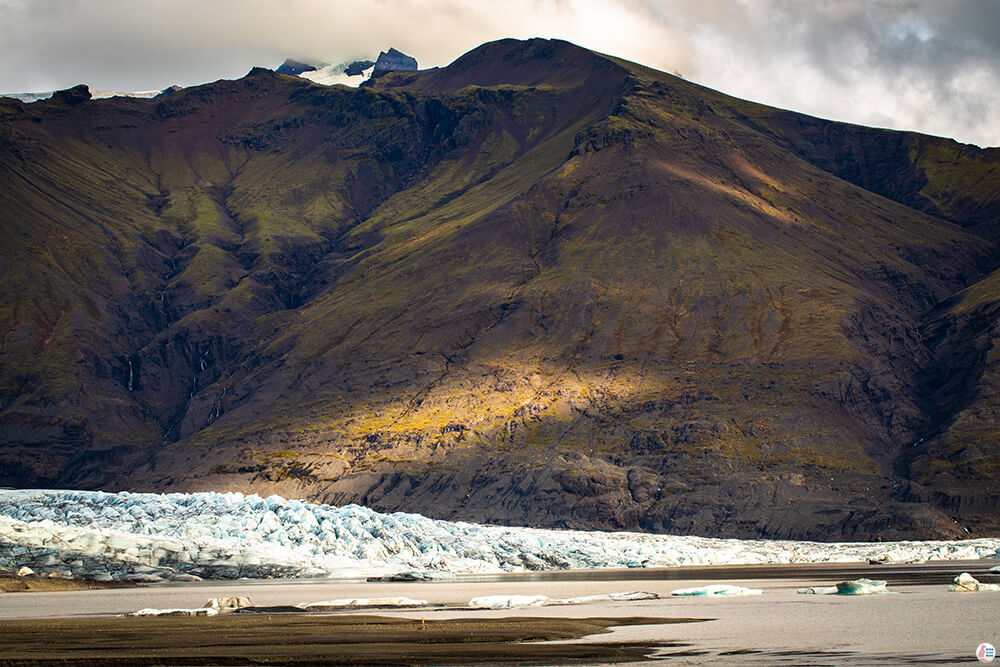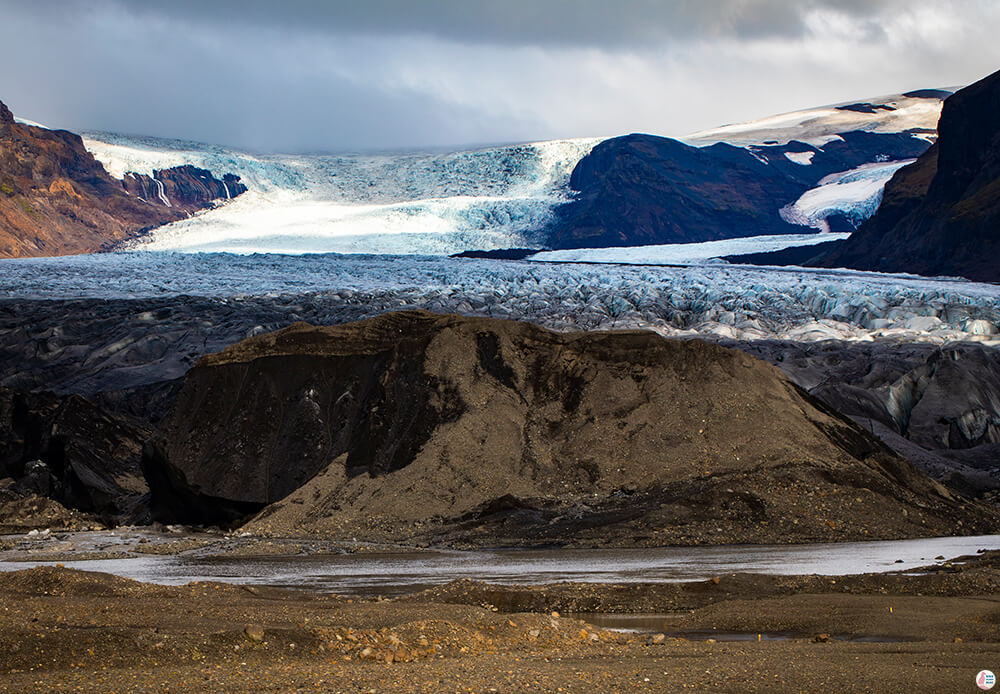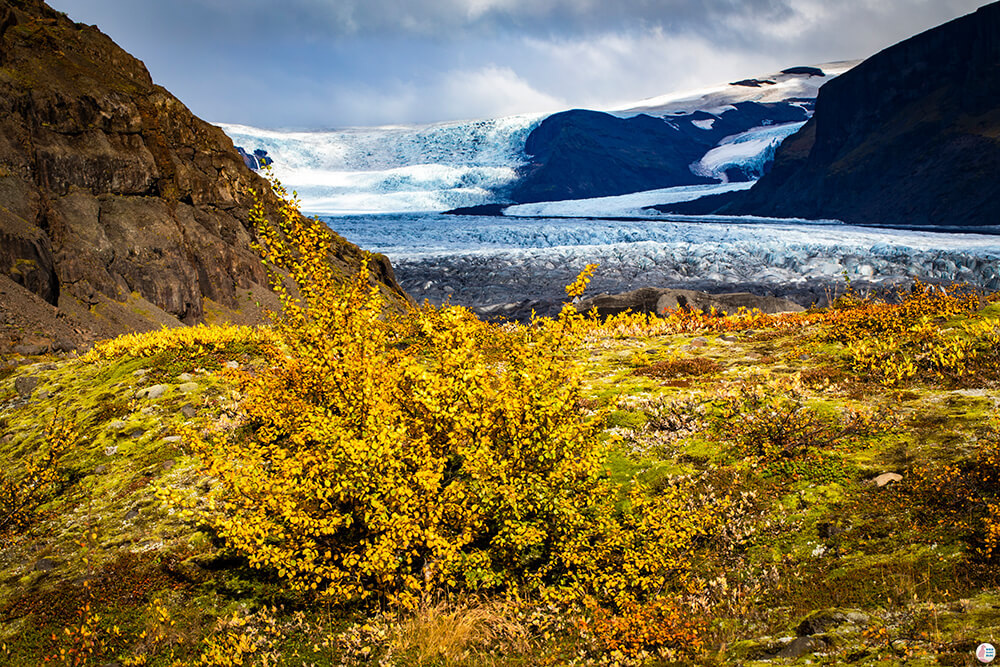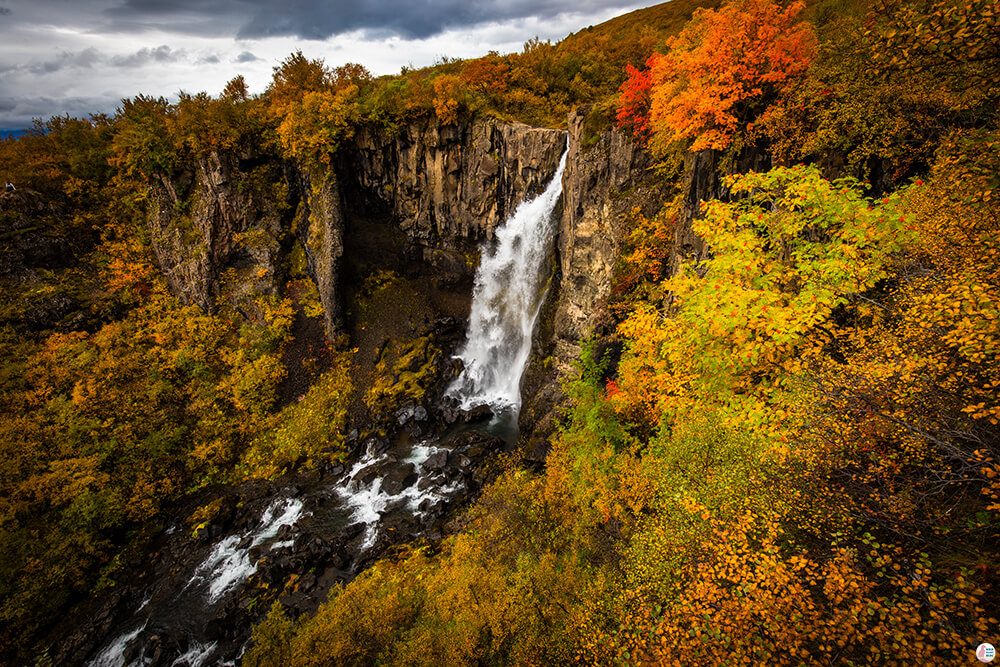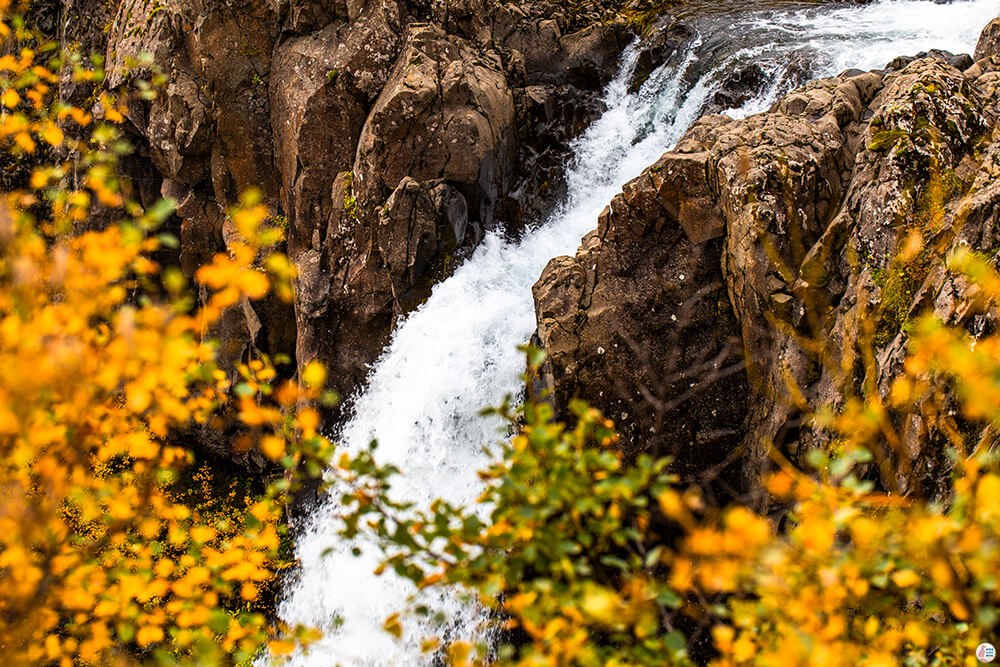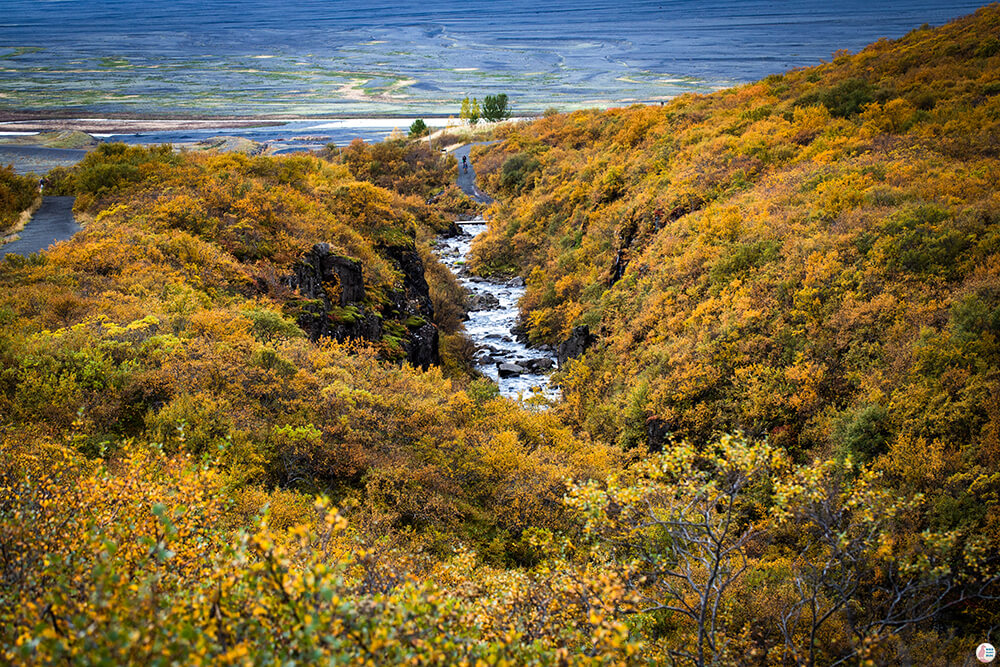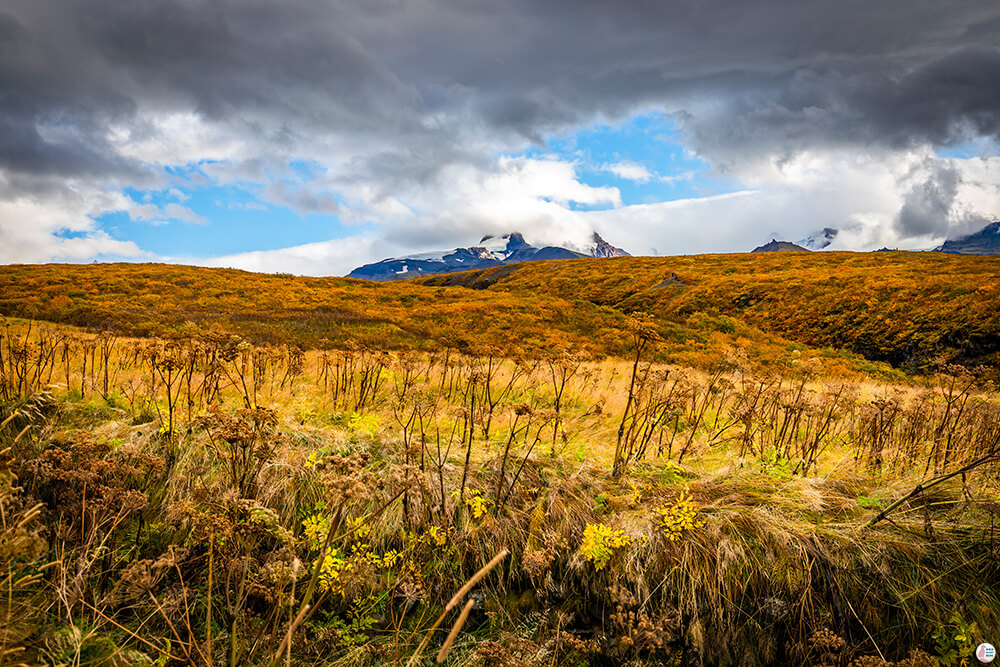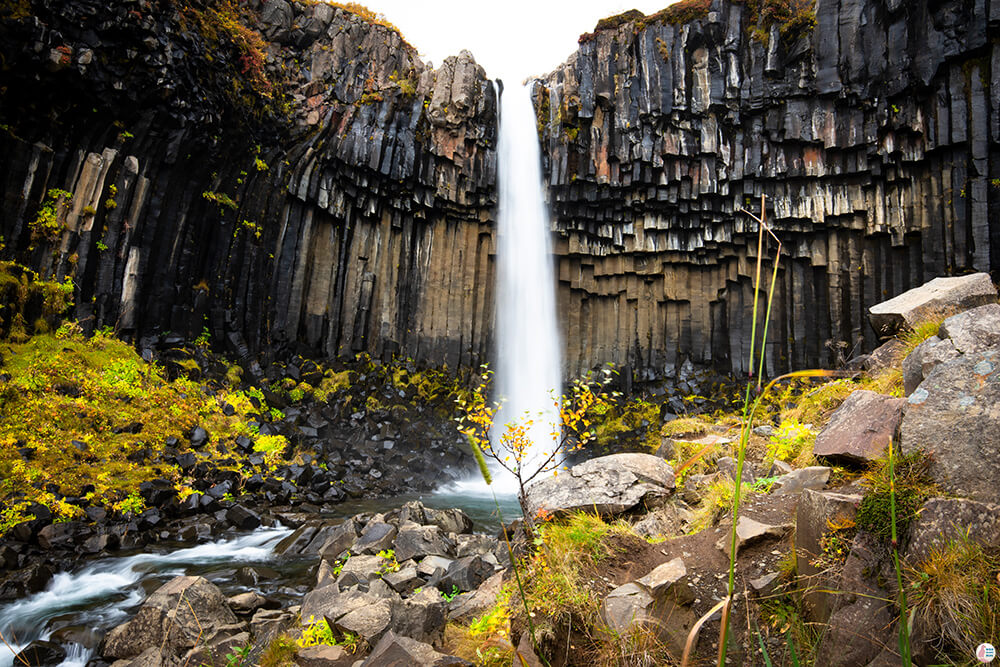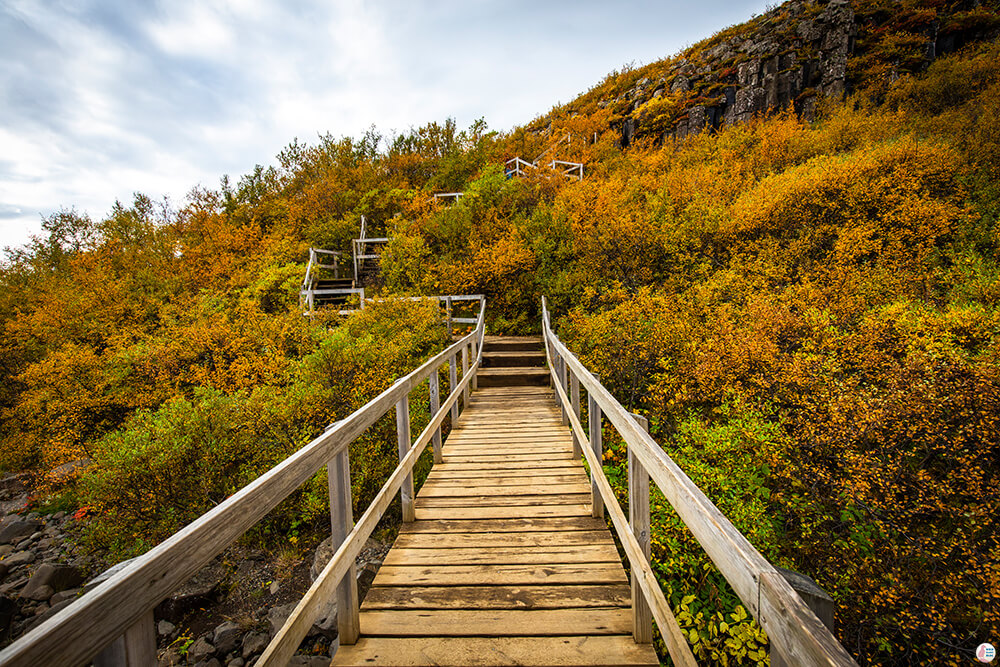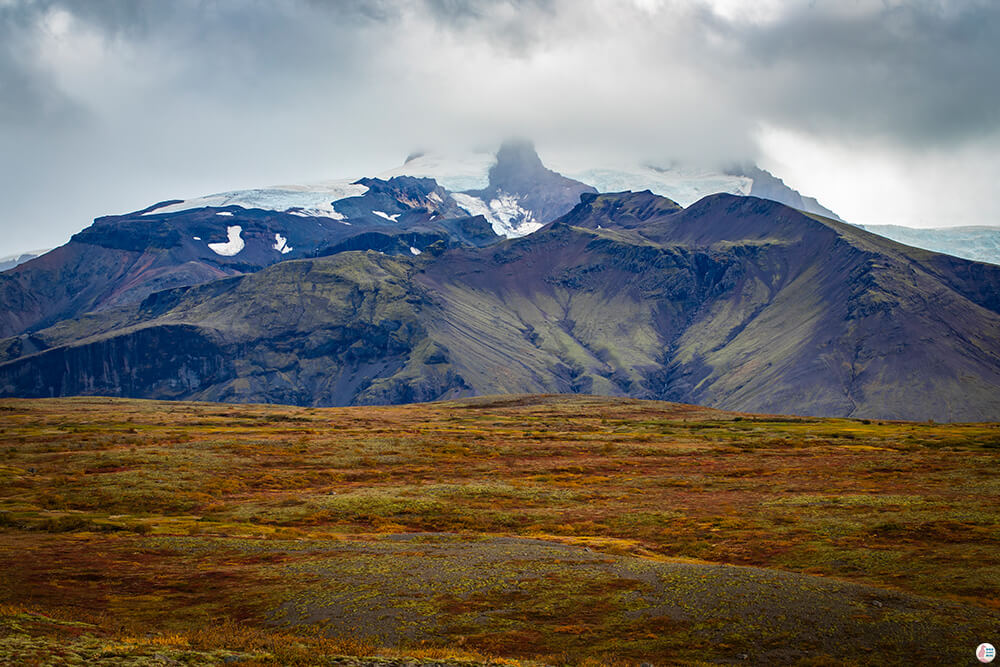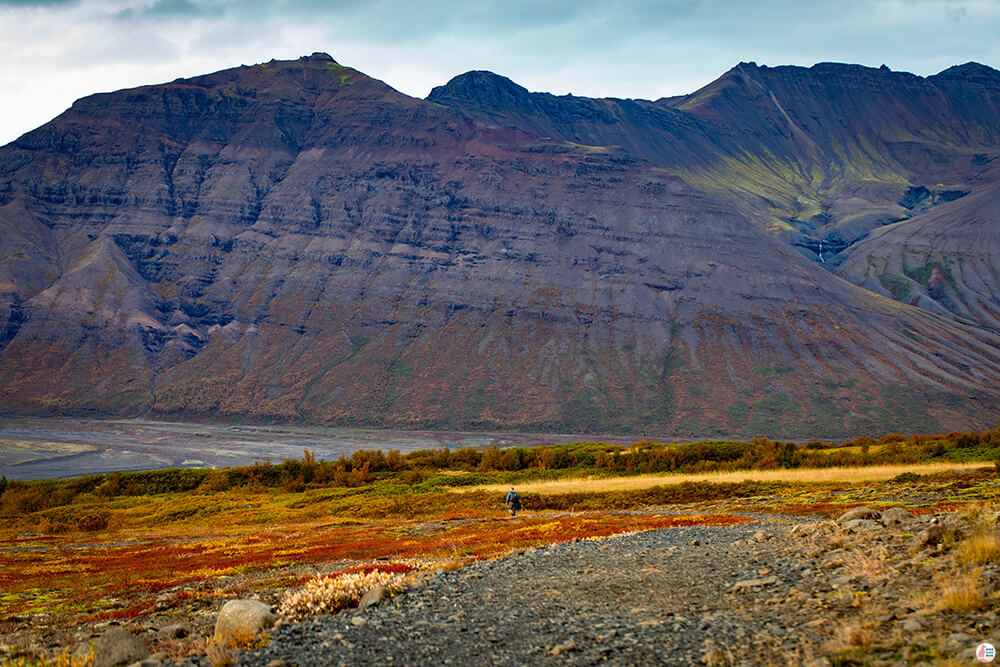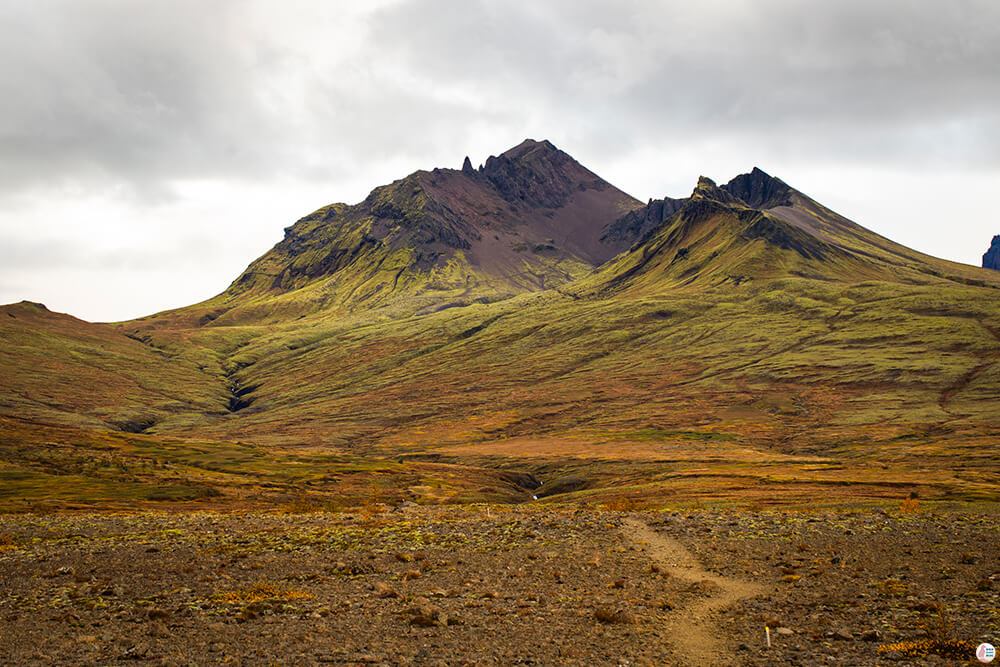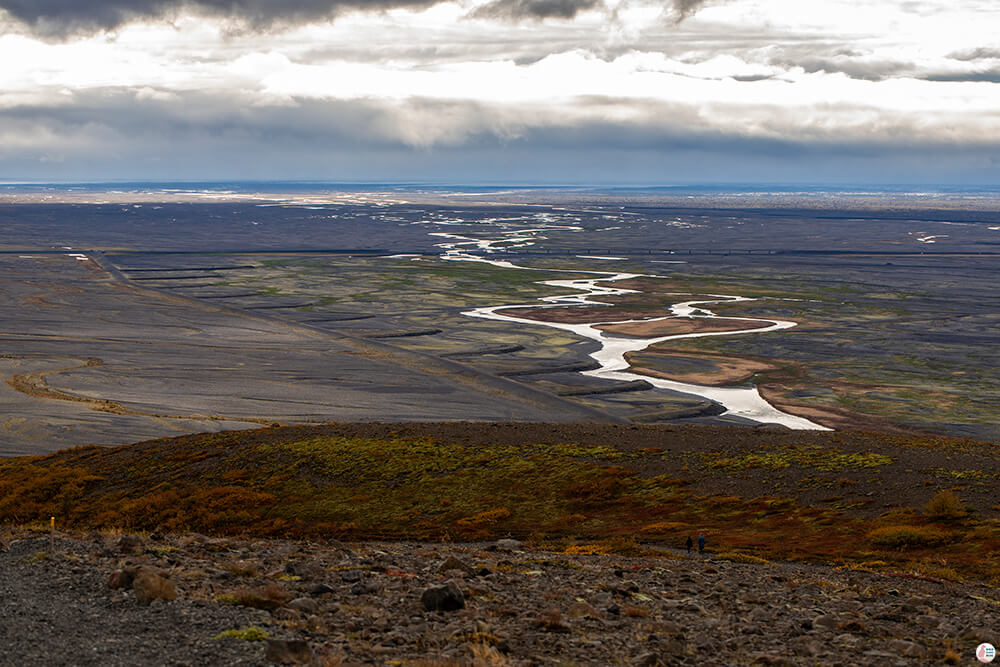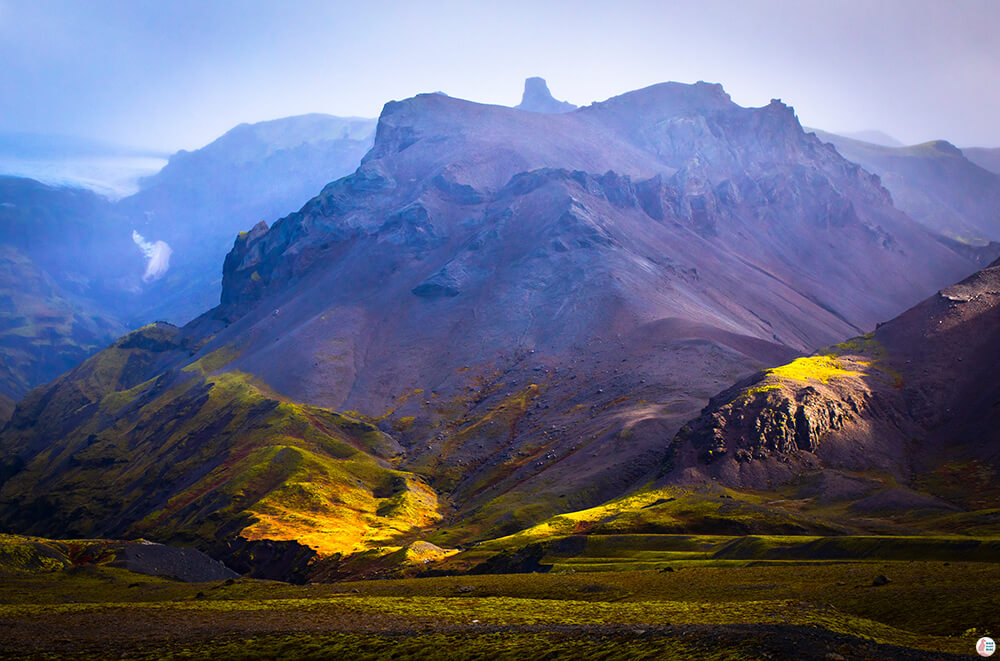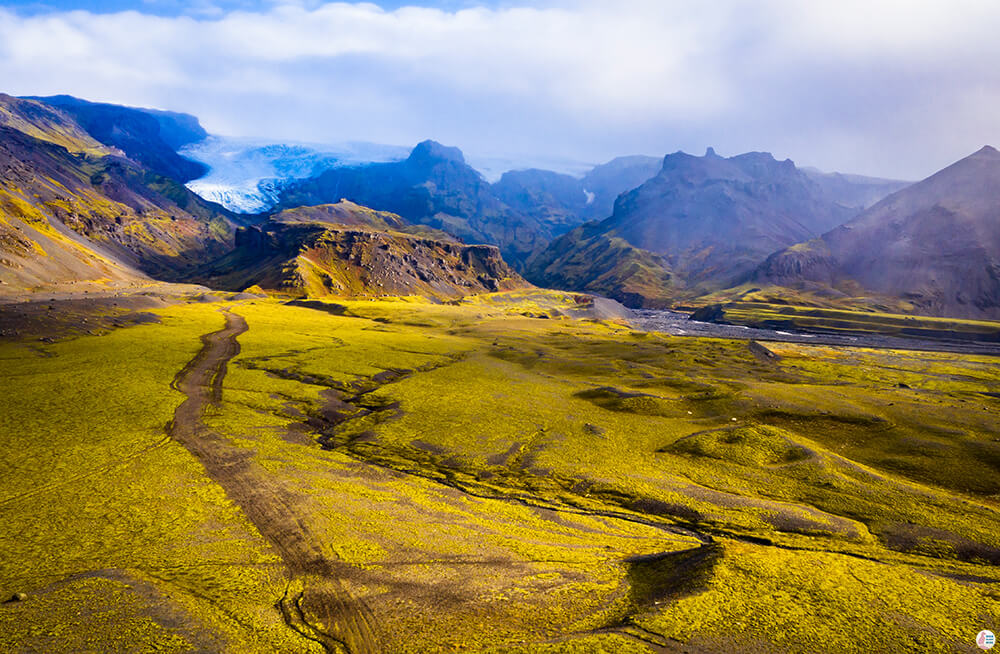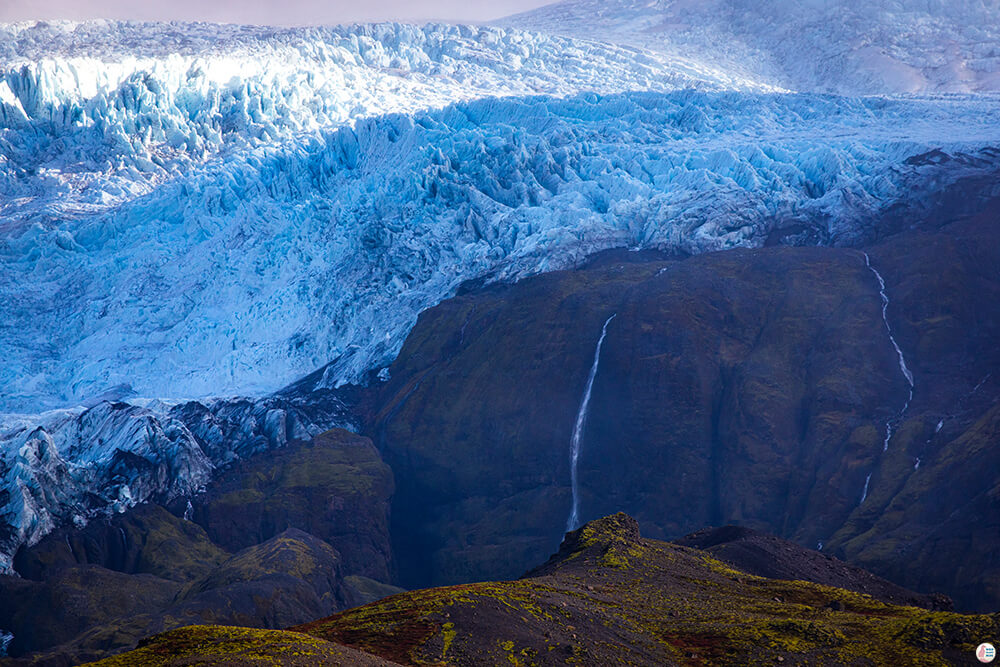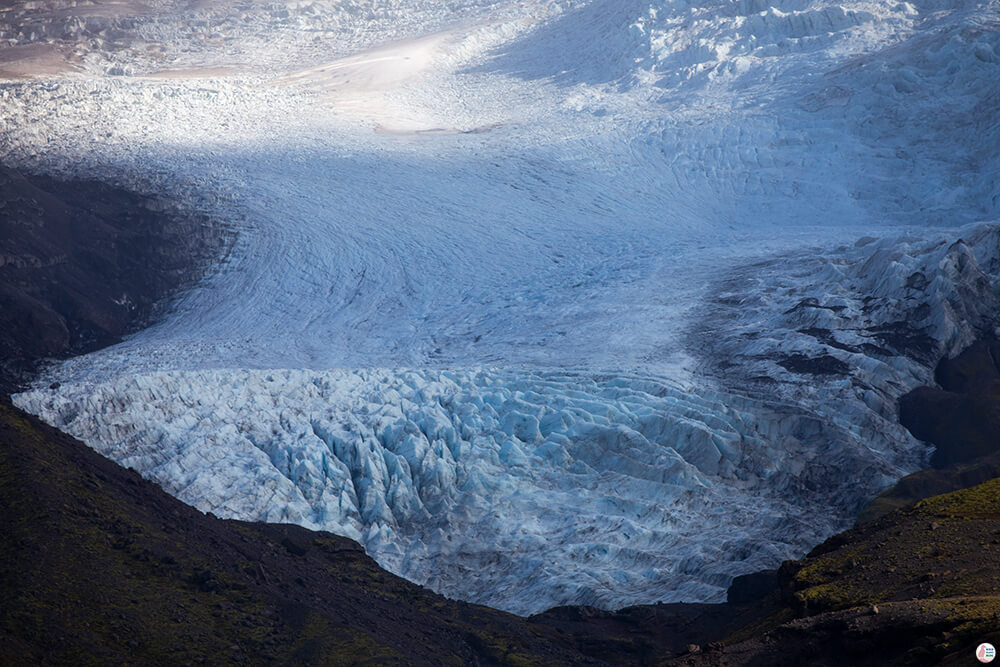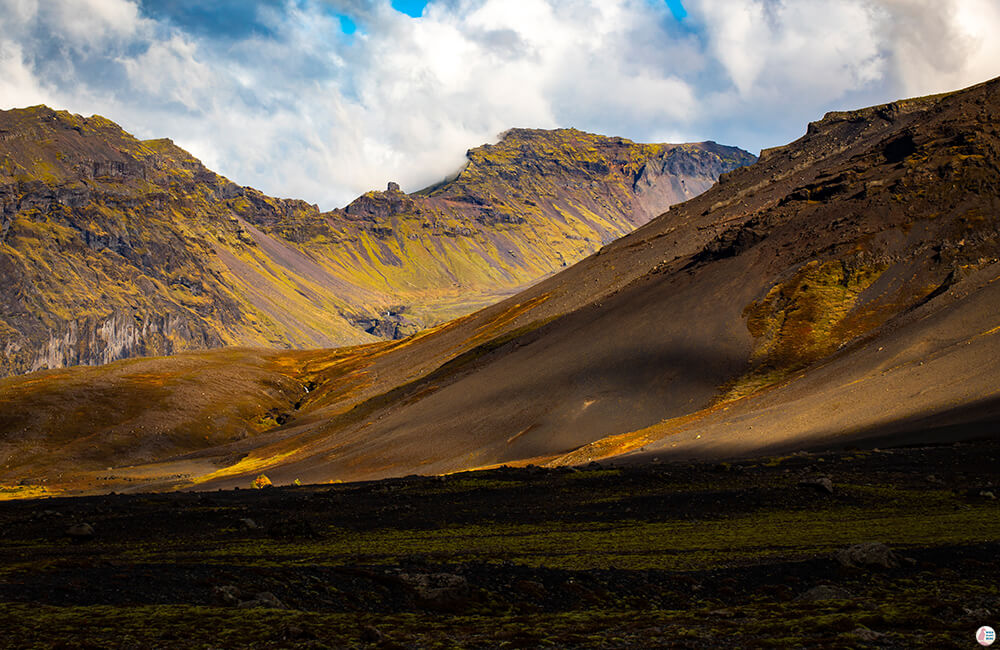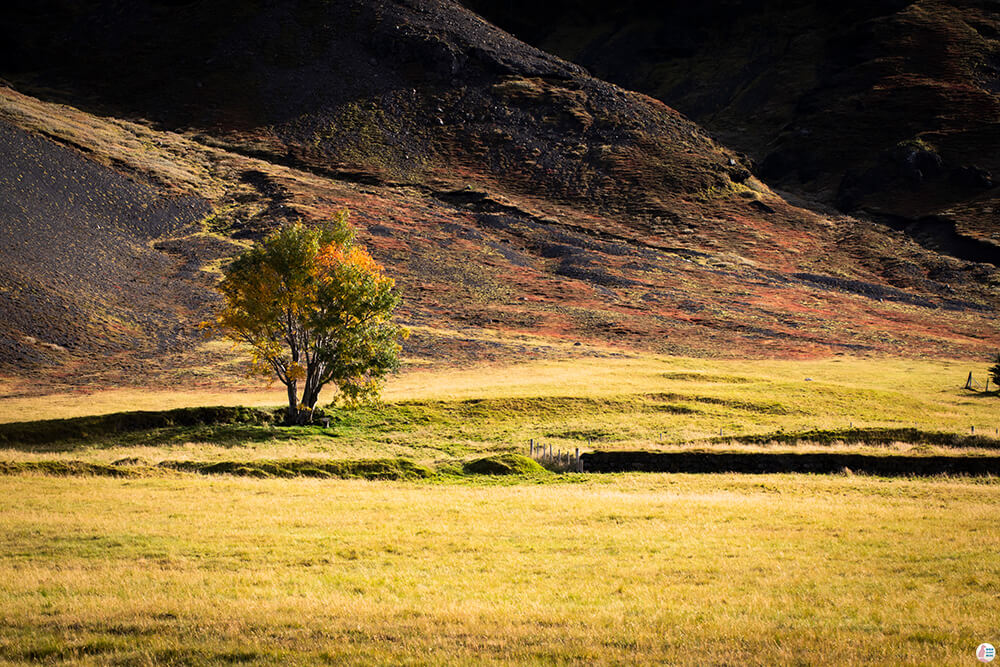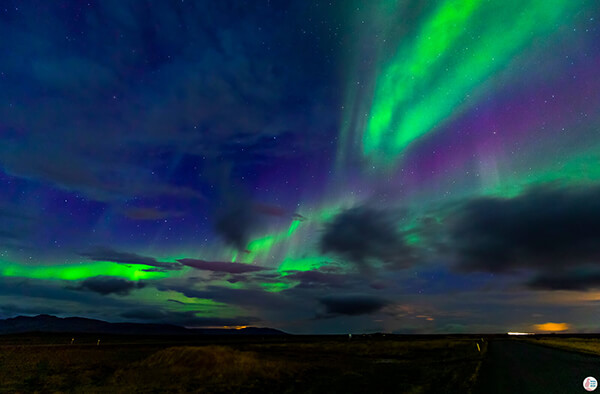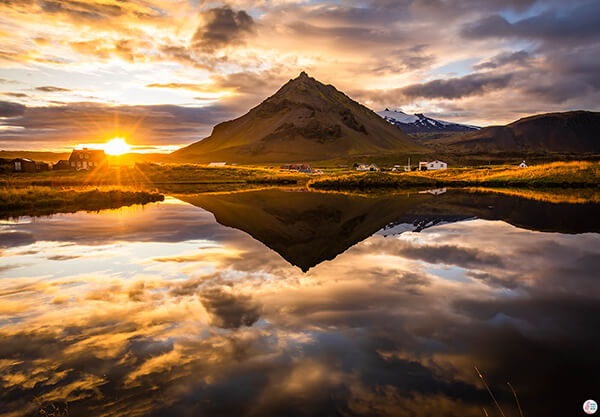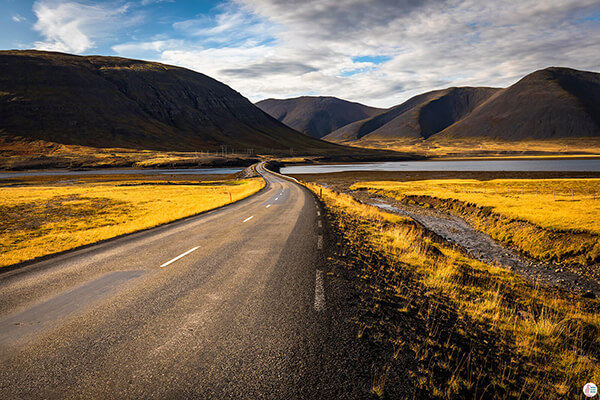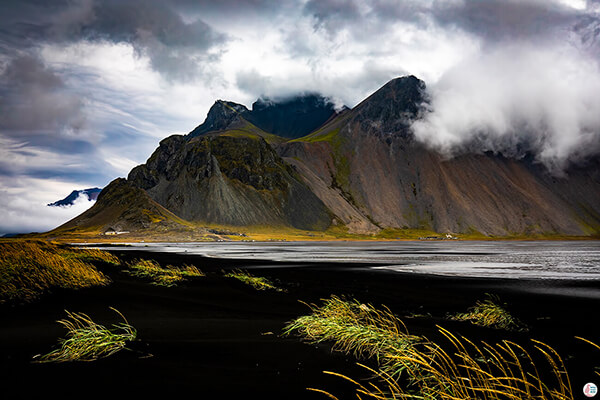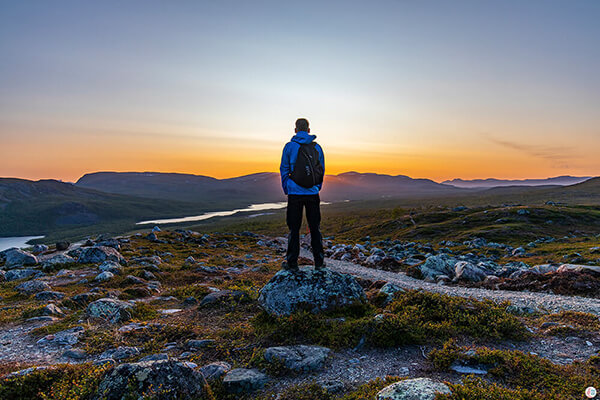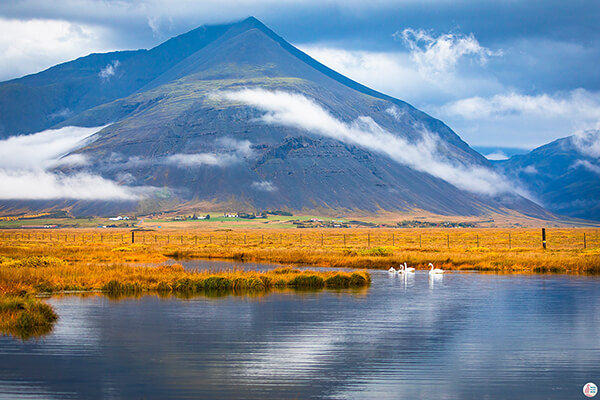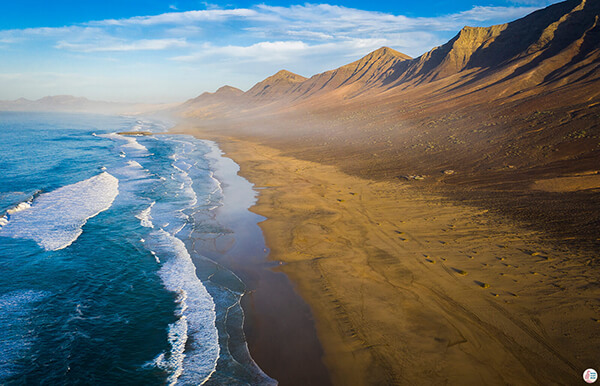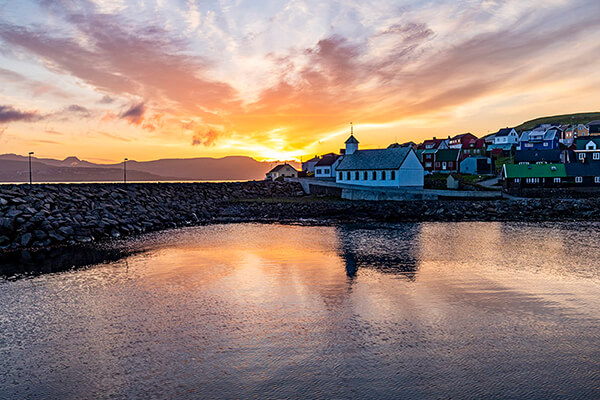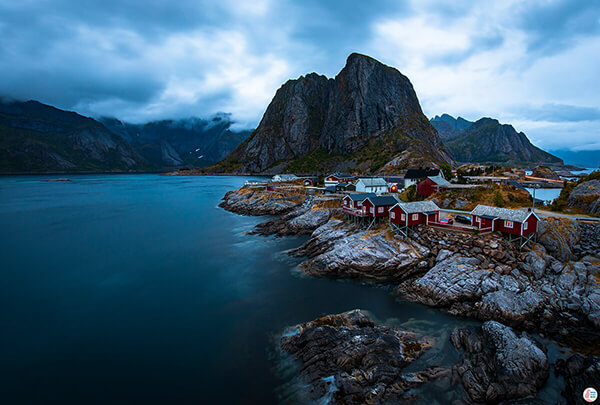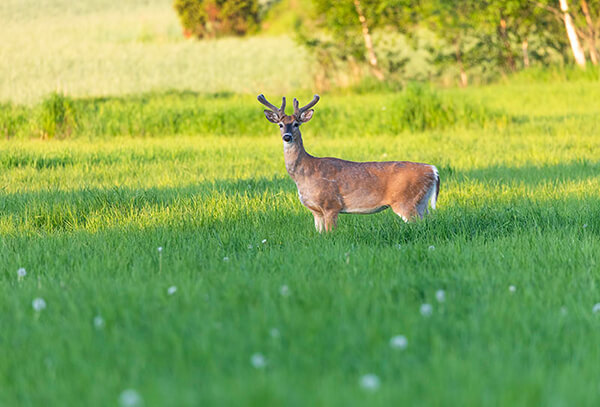Basic Information About Vatnajökull
One of the things that you can clearly see on the map when checking Iceland is this huge white portion of the map, which is Vatnajökull (Vatna Glacier). Vatnajökull is the largest glacier in Europe and it's covering around 8 % of Iceland. It has an area of 7.900 km² and an average thickness of 380 m. Under all this ice there are several volcanoes, some of them being active still today.
Safety Around Vatnajökull and Iceland
The eruptions from the volcanoes cause the ice to melt, resulting in many floods over the course of the years. The last serious flood caused by Vatnajökull was in August 2018 and it's actually the biggest documented flood in history. Despite all this, no-one got hurt. Iceland has the best danger alerts in Europe and in case of emergency you will receive information on your phone and be evacuated. With all this said, don't worry about it too much, but do check "safetravel.is" for alerts as often as possible and plan your trip accordingly.
Driving Around Vatnajökull National Park
Best way to get to Vatnajökull is to rent a car. I travelled alone, so I rented an automatic Mazda 3 and everything during my trip went pretty smoothly. When driving around in Iceland pay attention to the single lane bridges, where you need to stop and wait for other cars to pass. There are no red lights, so you'll need to rely on your common sense. With a normal car you cannot drive on the F roads, so you'll need to stay on the roads that are paved. If you do want to go to the highlands of Iceland you have to rent a big 4x4 car and be careful where you drive. Since I was alone I didn't dare to go to such places, so I cannot tell you how bad the roads are. I am planning another trip to Iceland when I am not alone and hopefully we'll get to experience the real Vatnajökull National Park.
Another thing to pay attention to when driving is sheep. There are many sheep in the area and they tend to cross the road quite often. During my 4 days that I drove around here I had to break like 4 times because the sheep were crossing the road.
During the summer it probably never gets dark, but I visited Iceland at the end of September, so I had to experience driving in the dark. When it gets dark it is DARK! You cannot see anything except the white line of the road in front of you. If you have bad luck like me, you'll get also rain while driving in the dark, so a trip that should take 1 h, might take you 2 h instead. There were many cars passing me, but I prefer to drive slowly and be safe instead of getting somewhere fast.
Where to Stay Close to Vatnajökull National Park
I stayed for 4 nights in a very cosy and modern place called Lilja Guesthouse. This place is in the middle of nowhere, but it has really comfy and good looking rooms and a restaurant, which is open the whole day. During my time here I usually had breakfast and dinner at the restaurant. Last order for the dinner in the last week of September was at 21:00. It got dark around 19:00, so it gave me plenty of time to drive from wherever I was at back to the restaurant in time to have dinner. You can book the guesthouse via booking.com.
You can also see Vatnajökull from your room!
Here are the main attractions I visited during my stay in Vatnajökull National Park
Jökulsárlón Glacier Lagoon
Jökulsárlón Glacier Lagoon is the deepest lake in Iceland with a depth of over 248 m. The lake has been formed by the Breiðamerkurjökull glacier (which is part of the bigger Vatnajökull) when receding from the Atlantic Ocean. Jökulsárlón has been growing due to the melting glacier and it is now 1.5 km away from the ocean and it covers an area of 18 km². Jökulsárlón Glacier Lagoon is considered one of the natural wonders of Iceland and it's a very popular tourist attraction!
I arrived to Jökulsárlón Glacier Lagoon around sunset on a rainy day, however you can see a few rays of sunshine on the horizon in the picture above. There is a large parking area around the lagoon, however, even though I arrived quite late and at the end of September, the parking place was almost full.
There are several walking paths around Jökulsárlón Glacier Lagoon and you can even rent a boat to take you close to the ice.
The ice caps are really impressive, some bigger, some smaller and you can see the big glacier further away. If you rent a boat you'll be able to get quite close to the glacier. When I visited, there was a huge queue to buy tickets for the boat and, since I am impatient, I decided to skip it and just walk around.
You can even see seals in the lagoon, however I didn't see any of them resting on land nor ice. All I could see were several heads popping out of the water, like the one below.
As tempting as it may be, don't jump on the ice caps and stay on the shore! Nature can be deadly in Iceland and you don't want to push your luck!
Diamond Beach
Just 1.5 km from the Jökulsárlón Glacier Lagoon is Diamond Beach, the place where the lagoon connects with the Atlantic Ocean. The waves bring small ice chunks on the black sand beach and it creates a surreal image of "diamonds" on the beach.
There are parking places on both sides of the lagoon and there are "diamonds" on both sides of the lagoon.
Skaftafells Nature Reserve
In the southern side of Vatnajökull National Park lies Skaftafell Nature Reserve which has a lot of hiking trails, waterfalls, tall mountains and you can even go glacier climbing and walking. Don't ever go glacier walking alone! There are dangerous caves and holes under the ice, which have actually killed people over the years. You should always go with an experienced guide if you wish to walk on the glacier.
Unfortunately there is only paid parking available at Skaftafells. If hungry, there is a restaurant close by where you can enjoy a snack and a coffee.
Skaftafellsjökull
One of the main attractions in Skaftafell Nature Reserve is, of course, Skaftafellsjökull, the Skaftafells Glacier.
You can walk close to the glacier and around the Skaftafell Glacier Lagoon.
The glacier lagoon is not as impressive as Jökulsárlón Glacier Lagoon, but the mountains and the glacier itself looks amazing!
Hike to Svartifoss
The most popular waterfall in Skaftafells Nature Reserve is Svartifoss, which is also one of the most popular waterfalls in Iceland. The hike is quite easy and well suited for any age or level of fitness. There are good walking paths until the waterfall, but there are actually 2 other waterfalls on the way to Svartifoss.
The first waterfall you'll encounter is Hundafoss.
I was actually more impressed by Hundafoss than the popular Svartifoss, but probably that is because I visited during autumn time and Hundafoss had some amazing colours around it.
Next waterfall you'll encounter is Magnúsarfoss, however you cannot see it too well from the main path.
Walking towards Svartifoss you'll get to see some beautiful mountain peaks covered by ice and the awesome river that forms from Svartifoss. The whole landscape is amazing!
To get to Svartifoss you'll need to follow the path down, where there is a bridge over the river and a path that goes quite close to the waterfall. Svartifosss translates to Black Falls, name that comes from the dark lava columns that surround it.
Once you get to Svartifoss, you shouldn't stop there like most people. You should continue your hike over the bridge and up! You will not regret it!
Once you get up, there are beautiful landscapes on all sides and all the people just disappeared! You can continue your hiking in many directions if you wish to discover more of Vatnajökull National Park.
While driving between Diamond Beach and Skaftafells you'll get to see the glacier from several places. You can always find a road that leads to a parking close to the mountains and the glacier, where you can spend a few minutes admiring the landscape! Here are a few more photographs that I took of Vatnajökull National Park!
